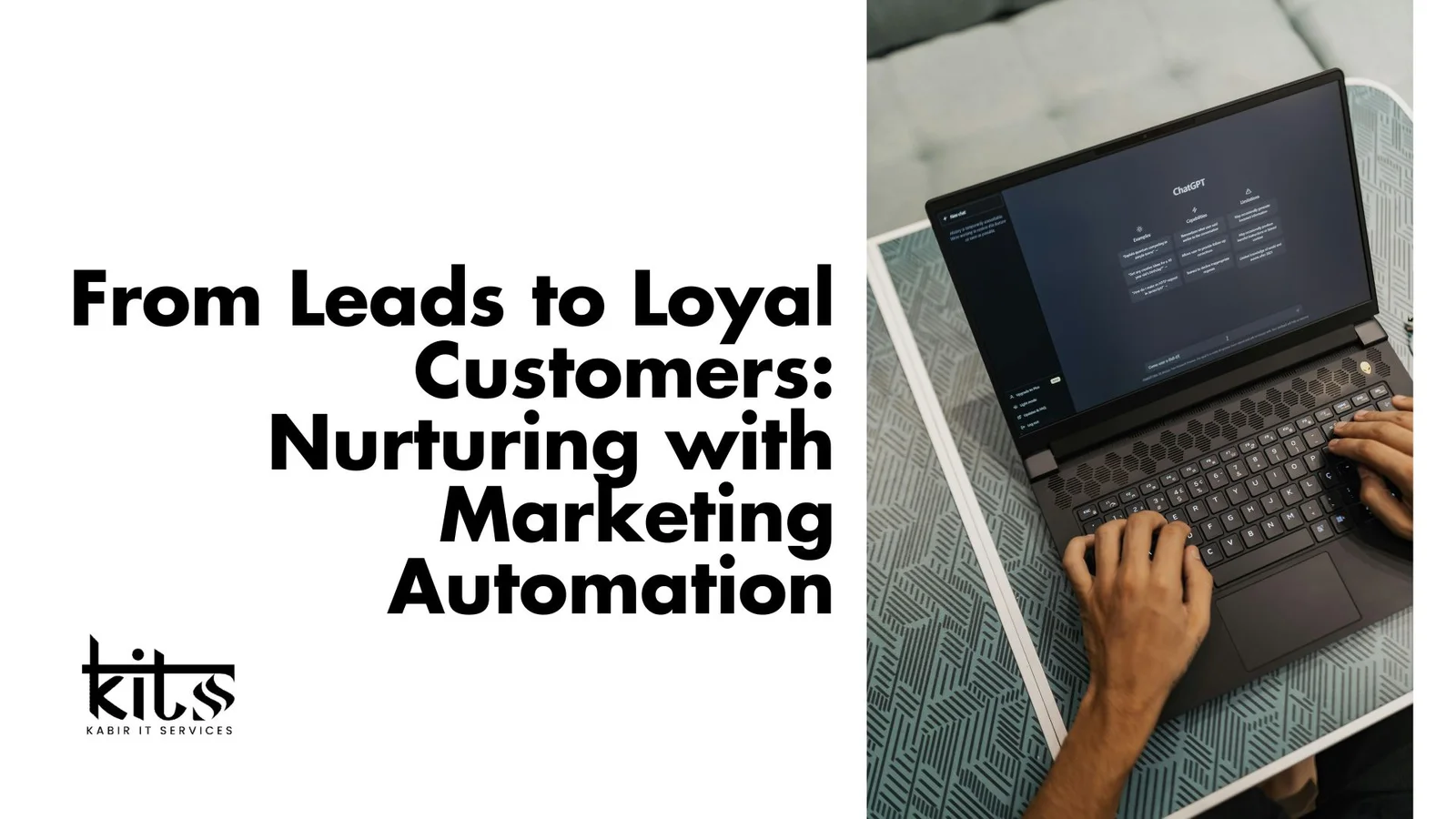In today’s competitive digital world, generating leads is only half the battle. The real challenge lies in converting those leads into loyal, long-term customers. This is where marketing automation plays a crucial role. By streamlining follow-ups, segmenting audiences, and personalizing communication, businesses can nurture prospects effectively. One of the most powerful tools in this process is email marketing, which continues to be a cost-effective and high-ROI channel for customer engagement.
Why Lead Nurturing Matters?
Many businesses spend significant budgets attracting potential customers, only to lose them due to a lack of consistent follow-up. According to industry reports, over 70% of leads are not sales-ready when they first engage with a brand. Without proper nurturing, these leads either forget about your business or choose a competitor.
Lead nurturing bridges this gap by:
-
Building trust through valuable content.
-
Keeping your brand top-of-mind.
-
Guiding leads through the buying journey with relevant offers.
-
Turning one-time buyers into repeat customers.
The Role of Marketing Automation in Nurturing
Marketing automation refers to the use of software and technology to automate repetitive marketing tasks, track user behavior, and deliver targeted content at the right time. It allows businesses to set up workflows that move leads seamlessly from awareness to conversion.
With marketing automation, you can:
-
Segment leads based on behavior, location, or buying stage.
-
Send personalized messages instead of generic bulk emails.
-
Score leads to identify the most sales-ready prospects.
-
Automate follow-ups to ensure no lead is left behind.
These capabilities save time, increase efficiency, and improve customer experience.
Email Marketing: The Core of Automated Nurturing
While marketing automation includes multiple channels, email marketing remains at the heart of effective lead nurturing. Emails are direct, personal, and cost-efficient, making them ideal for building relationships over time.
A well-planned automated email sequence can:
-
Welcome new subscribers with brand introductions.
-
Share educational content that solves customer problems.
-
Send exclusive offers to encourage first purchases.
-
Remind customers about abandoned carts.
-
Re-engage inactive subscribers with fresh incentives.
For example, when a new lead downloads a free guide from your website, your automation system can trigger a welcome email, followed by a series of value-driven messages that lead them toward making a purchase.
Steps to Create a Powerful Nurturing Workflow
To turn leads into loyal customers using marketing automation and email marketing, follow these steps:
1. Capture and Segment Leads
Start by collecting leads through forms, landing pages, or sign-ups. Then, segment them based on factors like interest, location, or stage in the sales funnel.
2. Plan Your Email Sequence
Design an automated sequence that addresses different stages of the customer journey — awareness, consideration, and decision.
3. Personalize Content
Use the lead’s name, purchase history, and interests to send relevant messages. Personalization increases open and click-through rates significantly.
4. Set Triggers and Timelines
Automations should be triggered by specific actions, such as visiting a pricing page or abandoning a cart. Timing is crucial to ensure messages feel timely, not spammy.
5. Measure and Optimize
Track open rates, click rates, and conversions. Use A/B testing to refine subject lines, CTAs, and email content.
Benefits of Combining Marketing Automation and Email Marketing
-
Consistency – Automated campaigns ensure you never miss an opportunity to connect.
-
Efficiency – Reduces manual work, freeing your team for creative strategy.
-
Scalability – Handle hundreds or thousands of leads without sacrificing personalization.
-
Better ROI – Data-driven targeting ensures every email reaches the right audience.
-
Stronger Relationships – Ongoing engagement fosters loyalty and repeat purchases.
Turning Loyal Customers into Brand Advocates
Once a lead becomes a customer, the nurturing doesn’t stop. Post-purchase automation can include:
-
Thank-you emails with product tips.
-
Invitations to join loyalty programs.
-
Requests for reviews and testimonials.
-
Early access to new products or services.
When customers feel valued, they are more likely to recommend your brand, creating a cycle of organic growth.
Final Thoughts
Marketing automation combined with strategic email marketing is one of the most effective ways to guide leads toward becoming loyal customers. By delivering the right message to the right person at the right time, you can build trust, improve engagement, and increase sales.
In a digital landscape where attention spans are short and competition is fierce, an automated nurturing strategy isn’t just an advantage—it’s a necessity. The businesses that master this approach will not only win more customers but keep them for the long haul.

